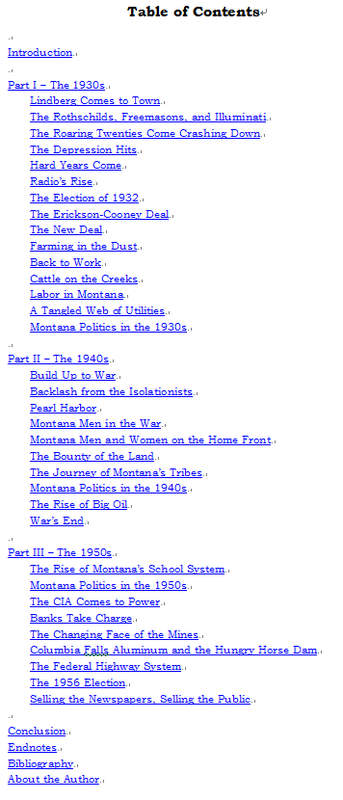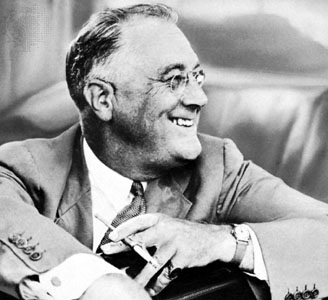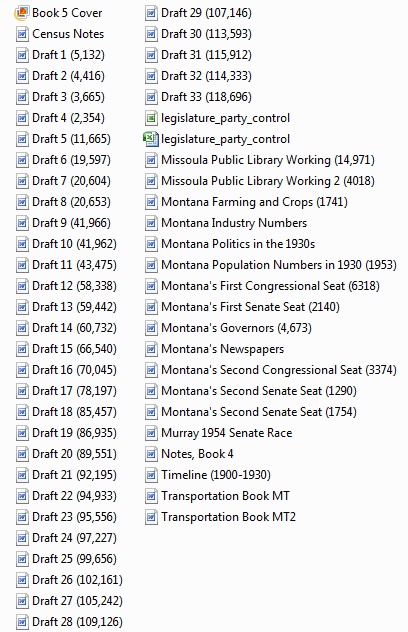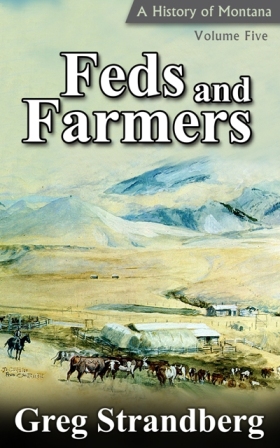I’ve been working on it for some time, as I’ve mentioned in the following posts:
- Montana History from 1930 to 1960 (December 21, 2014)
- Picking Through Montana Census Data (February 1, 2015)
- Frustrations with Montana Census Data (February 5, 2015)
- Feds and Farmers Will Be Out in March (February 22, 2015)
I think it was that false declaration at the end of February that did it – I threw in the towel on it for awhile. I think that was also around the time I started writing about Montana politics again.
That always seems to happen – either I’m writing history and not doing anything with politics, or I’m wasting time writing about politics and not getting any ‘substantive’ work done.
Here’s an excerpt from that labor chapter:
The Western Federation of Miners had suffered badly after the 1914 strikes failed and the union changed its name in 1916. They weren’t doing much better as 1934 rolled around, but then few in the country were. In 1934, all along the West Coast, men went on strike. This was primarily longshoremen, led by 130,000 in San Francisco. They were speaking against both their leadership and their employers. A lot of these problems stemmed from Congress’s refusal to pass the Wagner-Connery Bill earlier that year, which would have “provided elections for union representatives, a board to settle problems and handle grievances.” That fall there were 425,000 textile workers on strike, and thirteen were killed. All in all in 1934, there were 1.5 million men on strike.
One of the main problems for Big Oil was the smaller and independent American producers. With their foreign oil supplies, they began to manipulate prices in an attempt to drive those producers from the market. The oil industry was ruthless in its price controls. They started in 1928 after a meeting of the leading companies was called in Scotland. One of the first areas targeted was Texas, where the large companies drove prices down from $0.98 a barrel to $0.10 a barrel from 1931 to 1933. That drove most Texas wildcat drillers out of business and those that remained were forced to agree to the syndicate’s prices.
In Feds and Farmers I really tried to give people an idea of the little things, like this chapter from the election of 1932 chapter:
He smoked two packs of cigarettes a day, and suffered from terrible sinus problems, perhaps as a result. He was a drinker – much to the chagrin of his mother – but waited until the end of the day to imbibe, “preferring martinis or old-fashioneds and generally limiting himself to a couple.” He didn’t swear, preferring terms like “spinach” when something really got on his nerves. (p 262-3)
Albert R. Haney was put in charge of the 1954 Guatemalan coup, and the only reason for that was his treatment of Allen Dulles’ wounded son during the Korean War. Haney had gotten the boy home, and his early screw-up – he’d “dropped 212 foreign agents into Manchuria” after the Chinese had entered the war and “within a matter of days, 101 had been killed and the other 111 captured.” Haney redeemed himself by ridding Guatemala of its elected president, Jacobo Arbenze. This was great for the United Fruit Company, but not so good for the people that lived there. At least 200,000 civilians died because of civil war over the next 40 years.
You can see the final product soon. Sign-up for my email list to hear first.
You Might Also Like
A Quick Look at the Depression (May 19, 2015)
The Rothschilds, Freemasons, and Illuminati (June 3, 2015)
What was the Great Depression Like? (June 7, 2015)
The Montana Blog’s 100th Post





